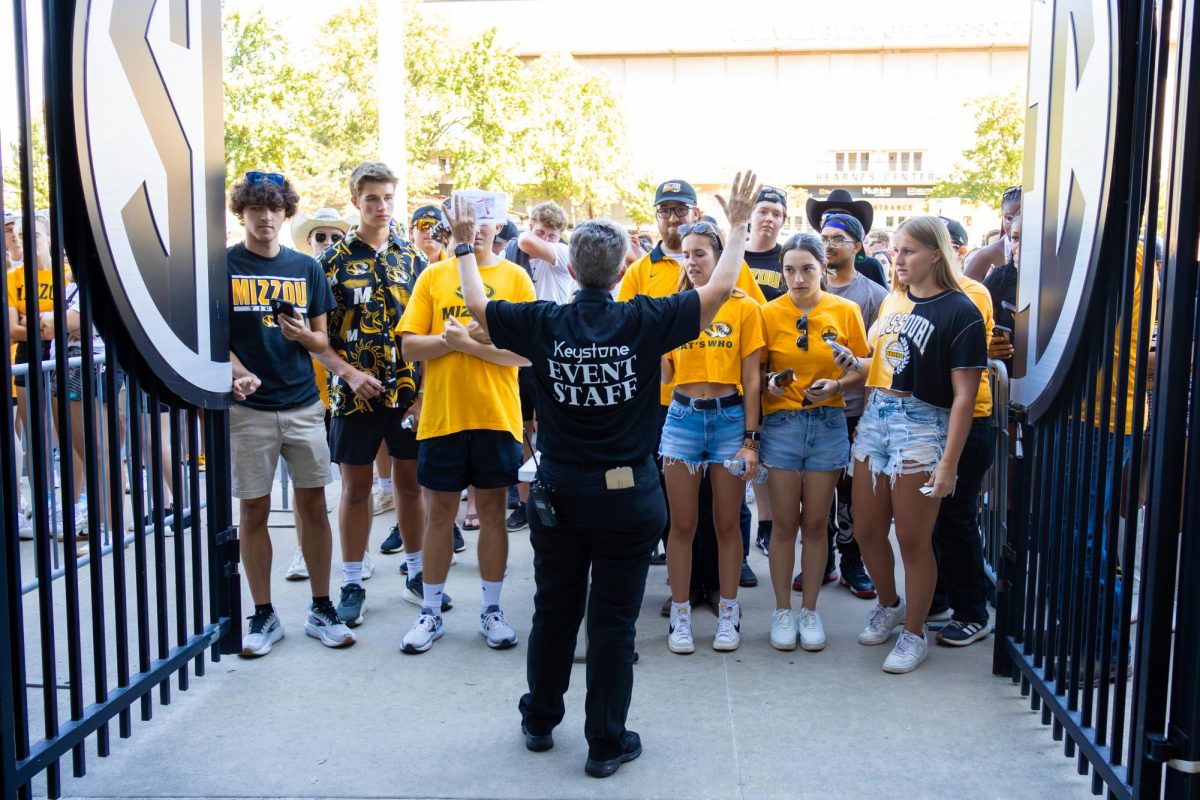Enrollment in MU online courses is up, with a 12 percent increase in the 2011-2012 enrollment from the year prior.
Mizzou Online offered 696 courses last year, catering to 3,014 graduate and 6,141 undergraduate students.
In the 2010-2011 academic year, MU offered 624 courses, 72 fewer than this year.
According to the MU Online Distance Education Enrollment Report, MU offers the second-most distance degree and certificate programs in the Southeastern Conference.
MU ranks first for offering online courses against Big 10 schools, second in the Big 12 and third among Association of American Universities public institutions.
The university is able to offer the wide array of classes due to the increased course offerings that are provided through this program.
“Professors can convert classes into an online format and make it available to students online,” Interim Vice Provost for E-Learning Jim Spain said. “Programs that apply for funding can receive funding for up to $250,000 for a proposal (to add an online class).”
Faculty involvement has contributed to the larger number of classes provided online. Increasing numbers of professors have requested an online format for their class.
“(There has been an) increase in faculty interest which you can see from the increase of 329 courses to almost 700,” Spain said. “Faculty have become more comfortable with the knowledge and skills in use of online course material.”
The university will only offer online courses if it provides the same educational results as classrooms, Spain said.
“As they are become more knowledgeable, they have adopted and adapted online delivery,” he said. “If I teach a class online and face-to-face, I want student learning outcome to be the same.”
Online classes are provided for all types of students. The current program allows for students both on and off the university campus to participate.
According to the report, 74 percent of the 9,155 students enrolled in online courses were Missouri residents.
Some students who have heavy work or school schedules use online courses as an alternative to attending a classroom-style course.
“I take (online classes) because my major required too much to reasonably fit into four years alongside ROTC,” sophomore Daniel Gerardo said.
In addition, many students who are not able to travel to MU can take courses form home. According to the report, the average age of undergraduate students in a distance-degree program was 32. Graduate students in distance programs had an average age of 36.
The large program offered through MU has become largely successful because of the many years of input and development, Spain said.
“The CDIS (Center for Distant and Independent Study) has been delivering distance course work from MU for over 100 years,” he said. “MU Direct has been supporting online courses for more then 20 years.”







